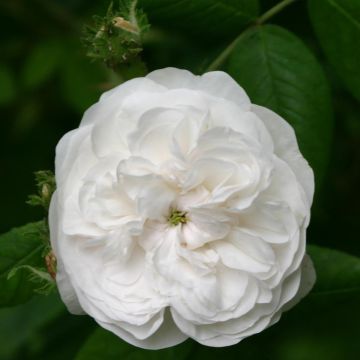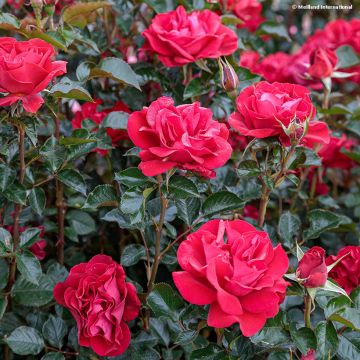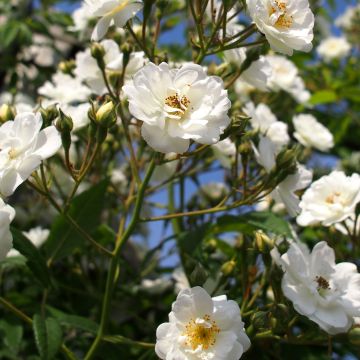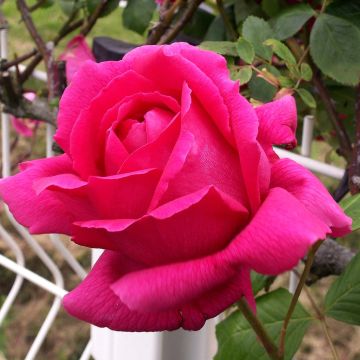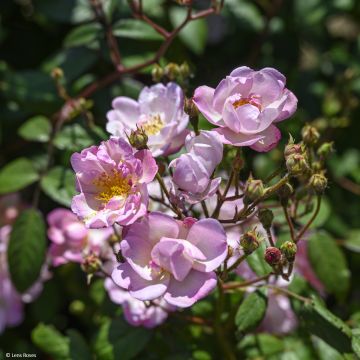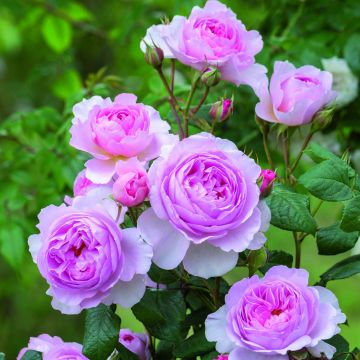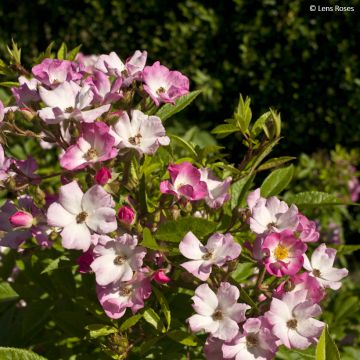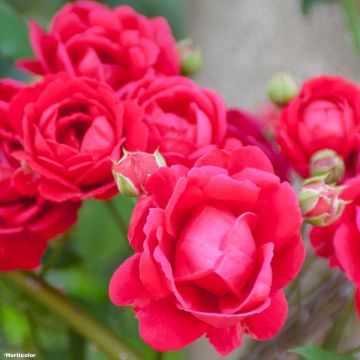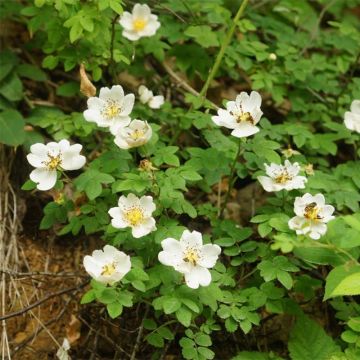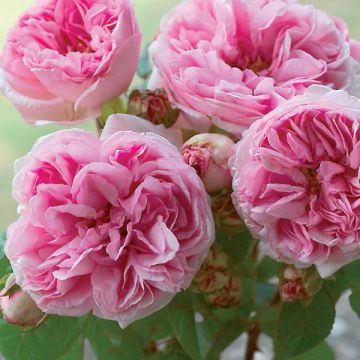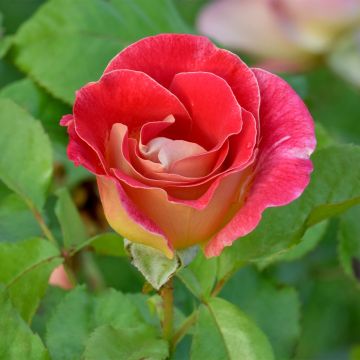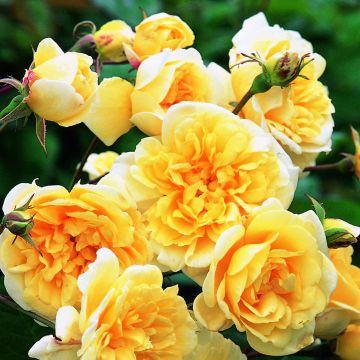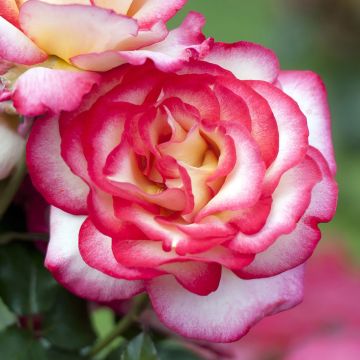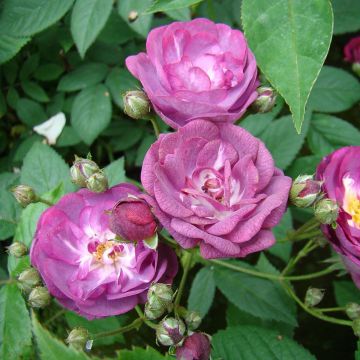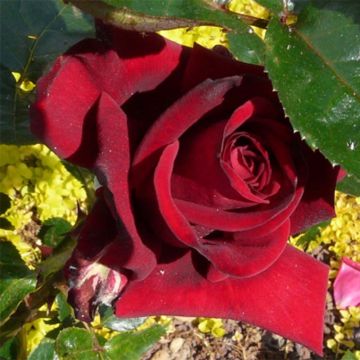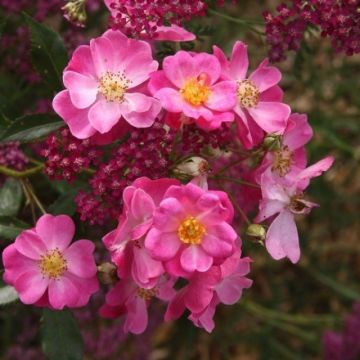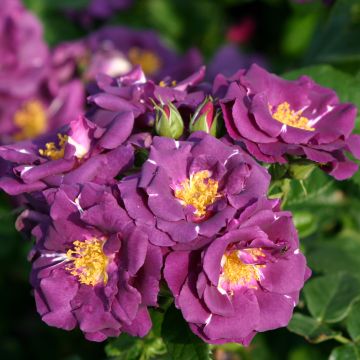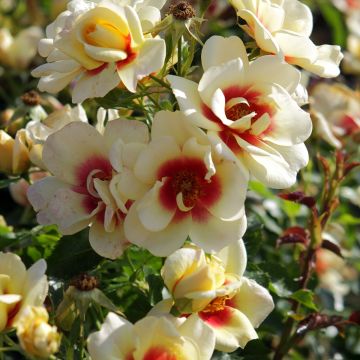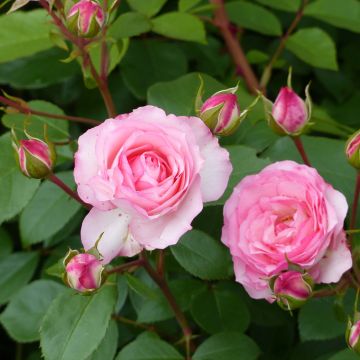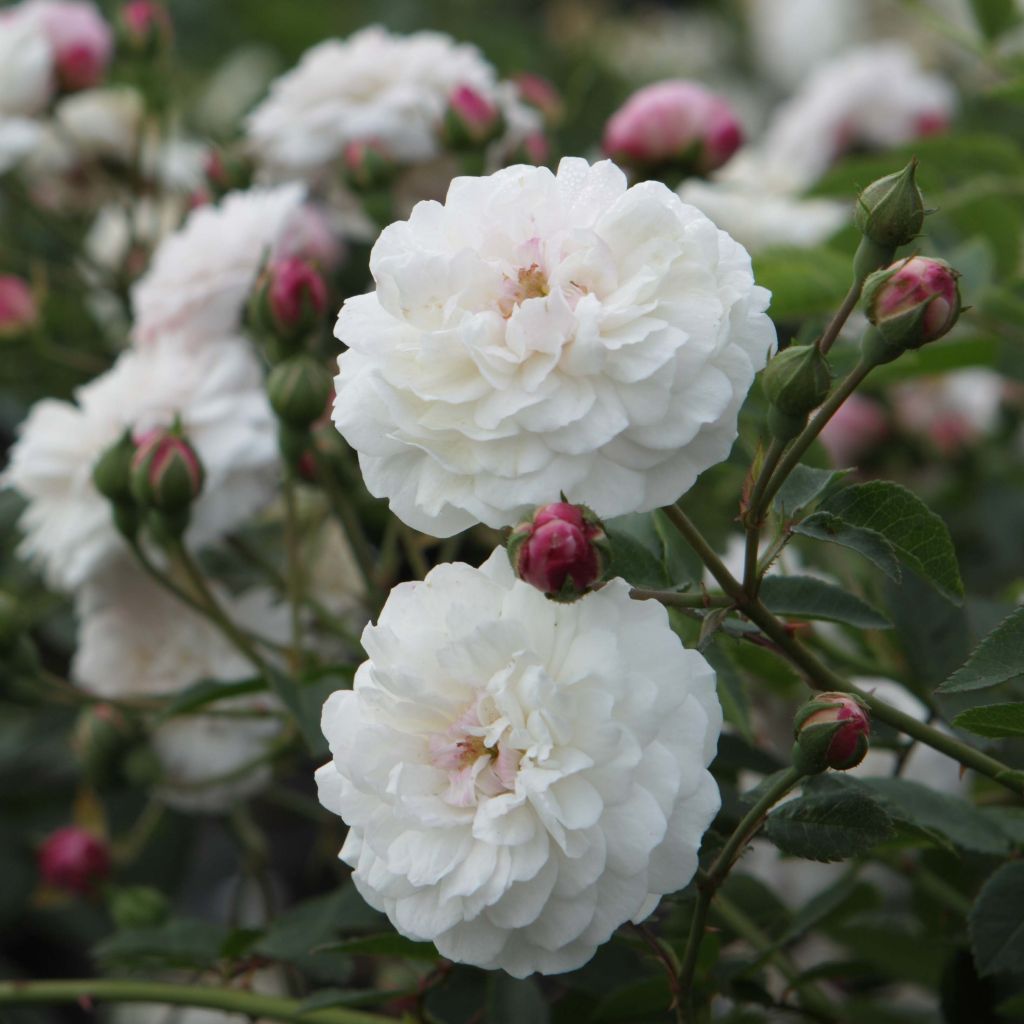

Rosa sempervirens Little White Pet
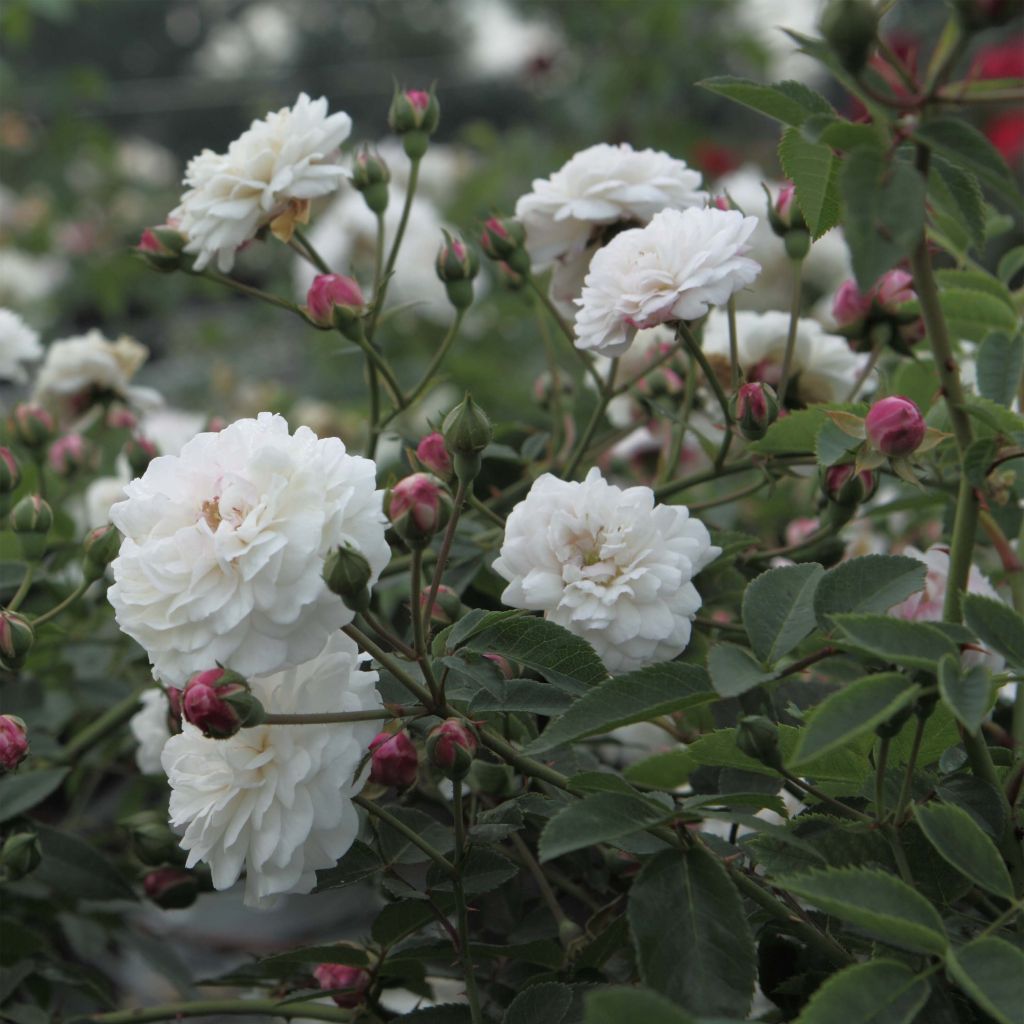

Rosa sempervirens Little White Pet
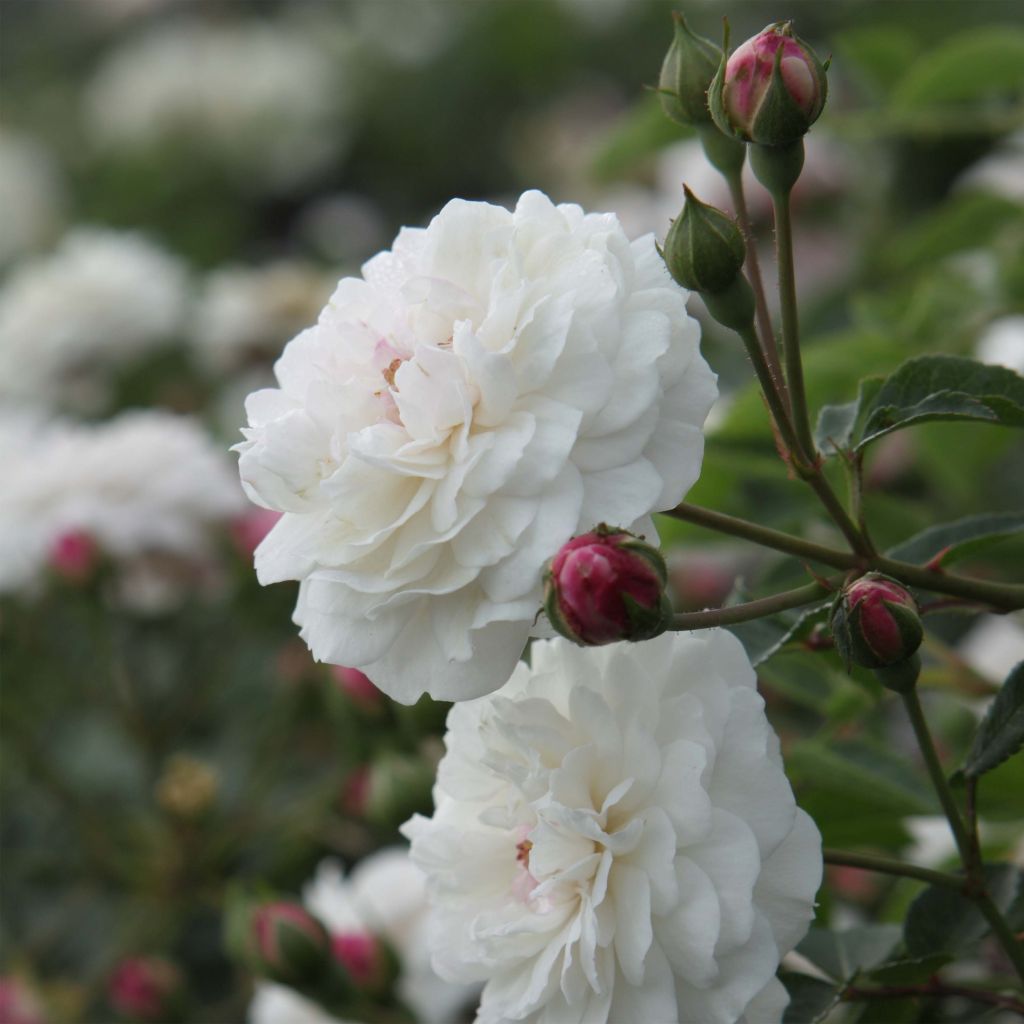

Rosa sempervirens Little White Pet
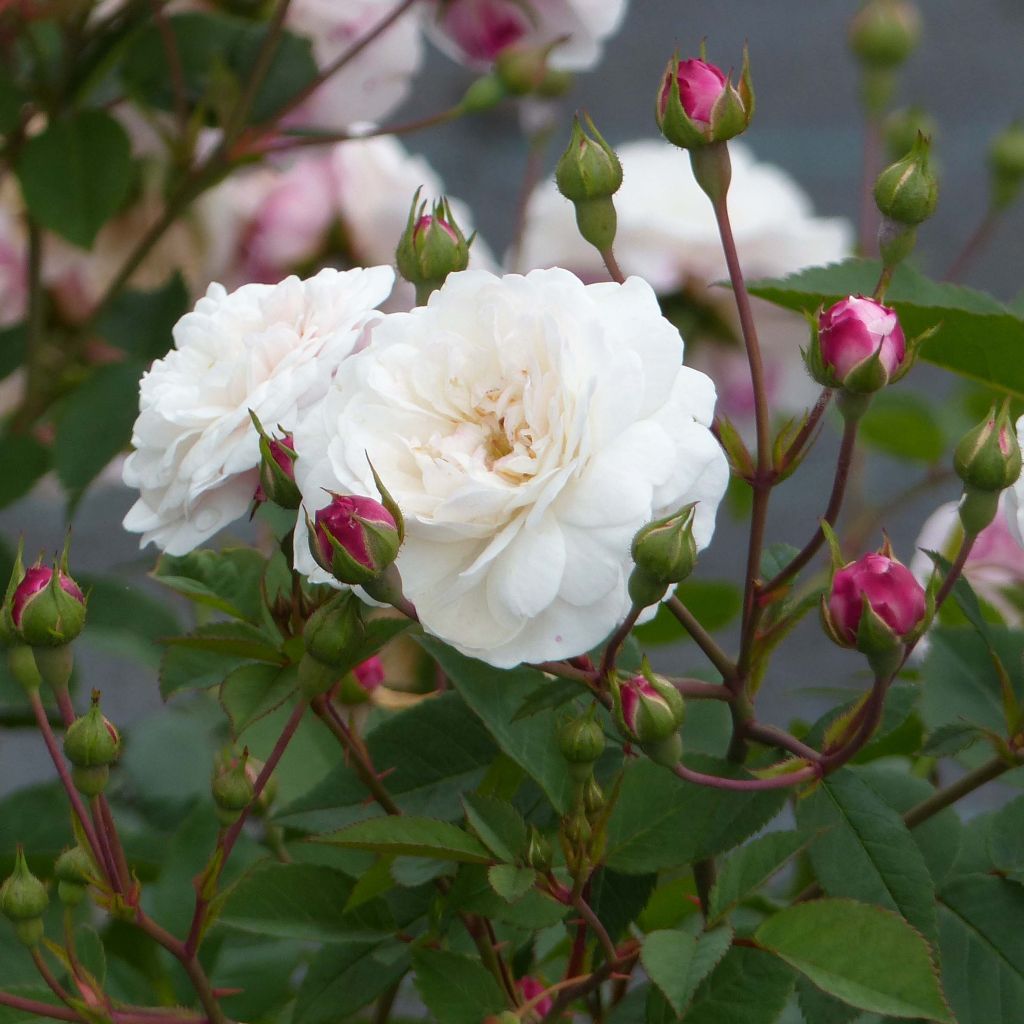

Rosa sempervirens Little White Pet
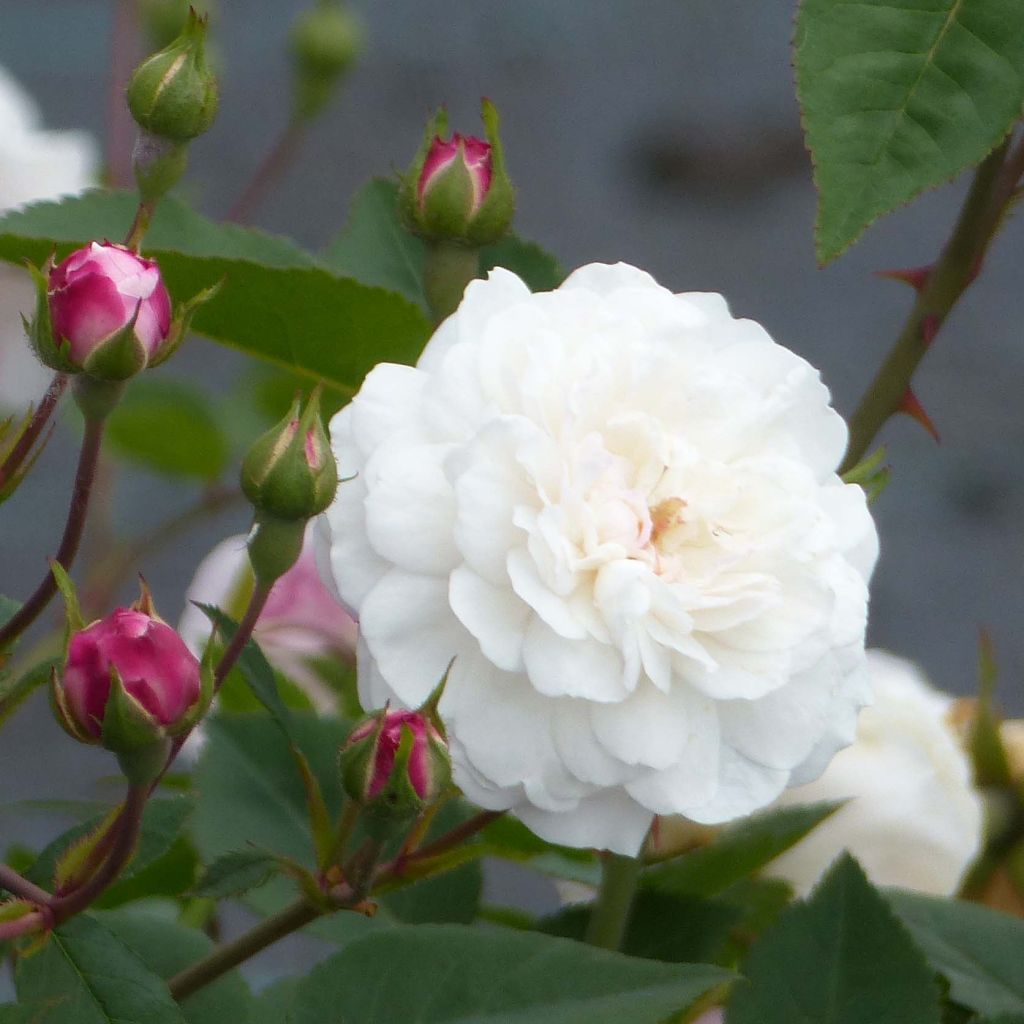

Rosa sempervirens Little White Pet
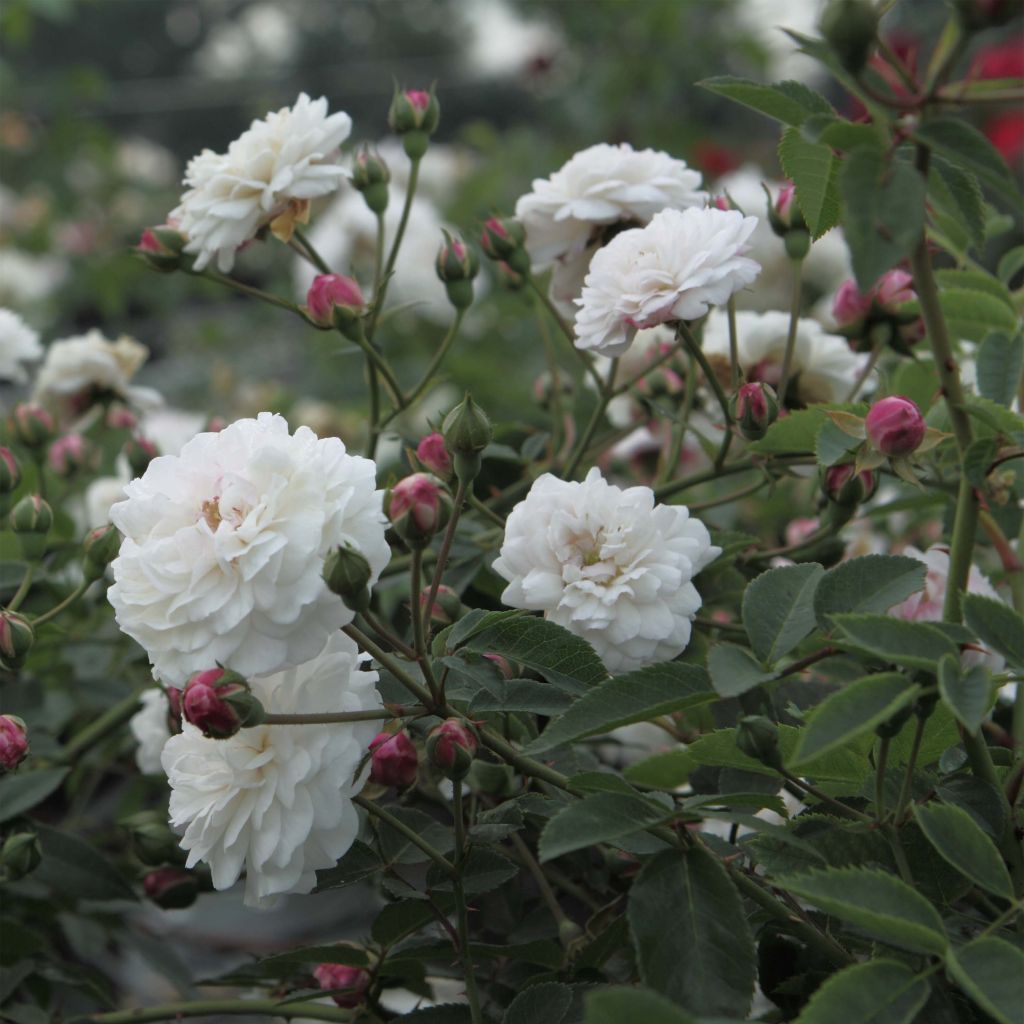

Rosa sempervirens Little White Pet
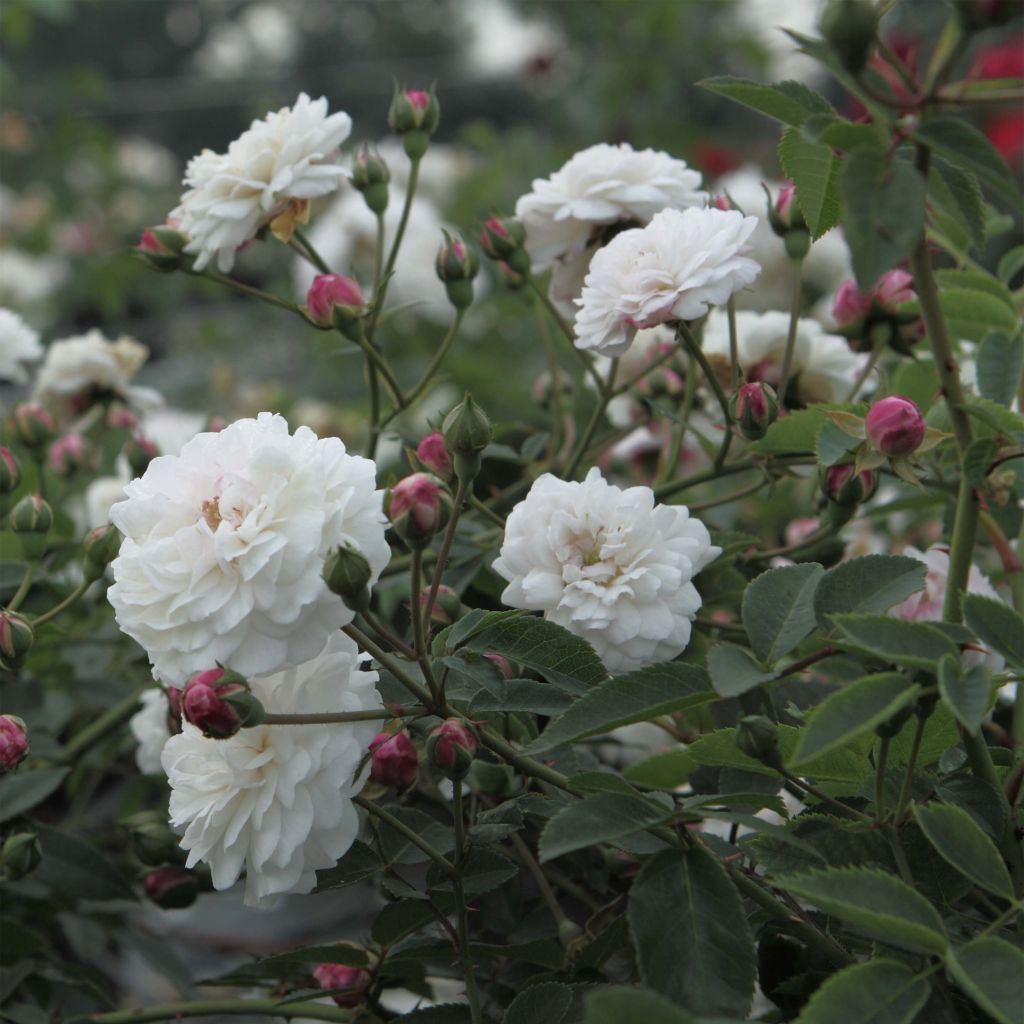

Rosa sempervirens Little White Pet
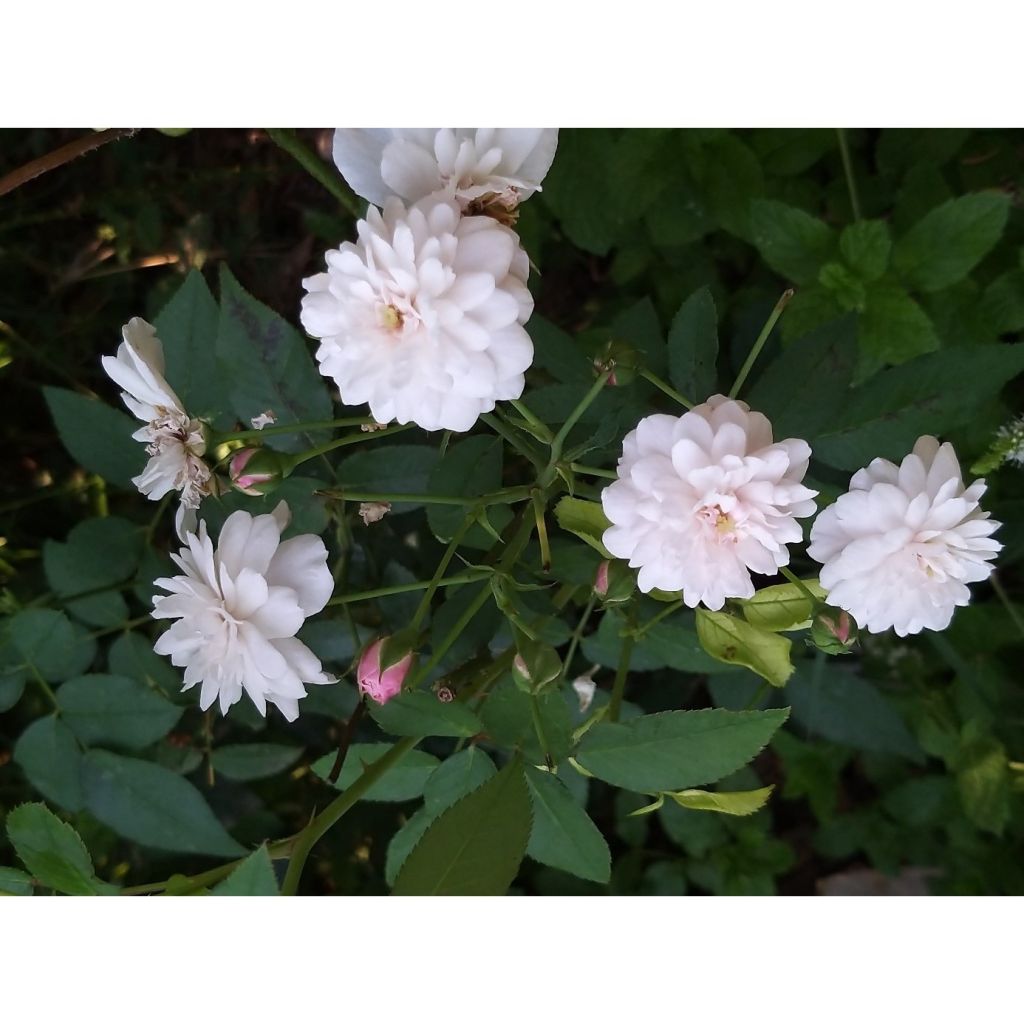

Rosa sempervirens Little White Pet
Rosa sempervirens Little White Pet
Rosa x sempervirens Little White Pet
Rose
This item cannot be shipped to the selected country
Delivery charge from €5.90
Delivery charge from €5.90
Delivery charge from €5.90
Delivery to Corse prohibited
More information
Schedule delivery date,
and select date in basket
This plant carries a 24 months recovery warranty
More information
We guarantee the quality of our plants for a full growing cycle, and will replace at our expense any plant that fails to recover under normal climatic and planting conditions.
From €5.90 for pickup delivery and €6.90 for home delivery
Express home delivery from €8.90.
From €5.90 for pickup delivery and €6.90 for home delivery
Express home delivery from €8.90.
From €5.90 for pickup delivery and €6.90 for home delivery
Express home delivery from €8.90.
Delivery to Corse prohibited: UE law prohibits the import of this plant from mainland France to Corse as part of the fight against Xylella fastidiosa. Please accept our sincere apologies.
More information


Does this plant fit my garden?
Set up your Plantfit profile →
Description
The Old Rose or Polyantha 'Little White Pet' is a floriferous hybrid of the beloved climbing rose Felicité Perpétue. It may be compact, but despite its small size, it is remarkably healthy, low-maintenance, and robust. The rose has the same flowering pattern as its parent, consisting of large clusters of red-pink buds that open into small double and white rosettes. However, the 'Little White Pet' blooms continuously from June to October on a small, dark, pointed foliage that is almost evergreen. This hardy variety can grow and flower almost anywhere, even in not too dense shade. To enjoy this adorable little rose, place it in a nice pot on the terrace or plant it at the edge of a bed or an alley.
This rose has been bred from the evergreen rose (Rosa sempervirens) native to Southern Europe, North Africa, and Asia Minor. Sempervirens roses are typically evergreen, strong (but sometimes a bit cold-sensitive), and can endure dry soils, hot climates, and the semi-shade of undergrowth. 'Little White Pet', also known as Rosa x polyantha 'White Pet', was introduced to the horticultural market by Henderson in 1879. Its many qualities have allowed it to age gracefully without any wrinkles, and it was awarded by the Royal Horticultural Society in the UK.
This plant grows as a small, slightly spread but dense bush with a size of about 60 to 70 cm (27.6 in) in all directions. Its stems are flexible and adorned with small curved thorns, while its foliage is very healthy with leaves of dark olive green and slightly satin. The flowers of this variety are born from pretty pink buds with a touch of red and form abundantly between mid-June and October. The perfectly round buds open into double rosettes, 4 cm (1.6 in) in diameter and well-ordered with a barely pink and cream-green centre. They are gathered in long bouquets on flexible stems tinged with red, and they exude a light floral fragrance that is delightful and charming. The small orange-red fruits that birds love in the winter are fleshy false fruits called hips, which contain many single-seeded achenes.
'Little White Pet' is a perfectly charming rose, endowed with perfect health, ideal for small gardens, borders, and flowering pots. It is low-maintenance and behaves equally well in the sun as in semi-shade, even in shade in warmer areas. Dry soil in summer can cause plants to stop flowering, but they will bloom again when it rains. It is an ideal companion for perennial geraniums, catmints, heucheras, Japanese anemones, lavenders, or santolines. It also looks stunning in front of taller shrubs (Perovskia, Deutzia, Mock Oranges, shrub roses) and can also be paired with herbaceous clematis, such as integrifolia, recta, and heracleifolia.
Report an error about the product description
Rosa sempervirens Little White Pet in pictures
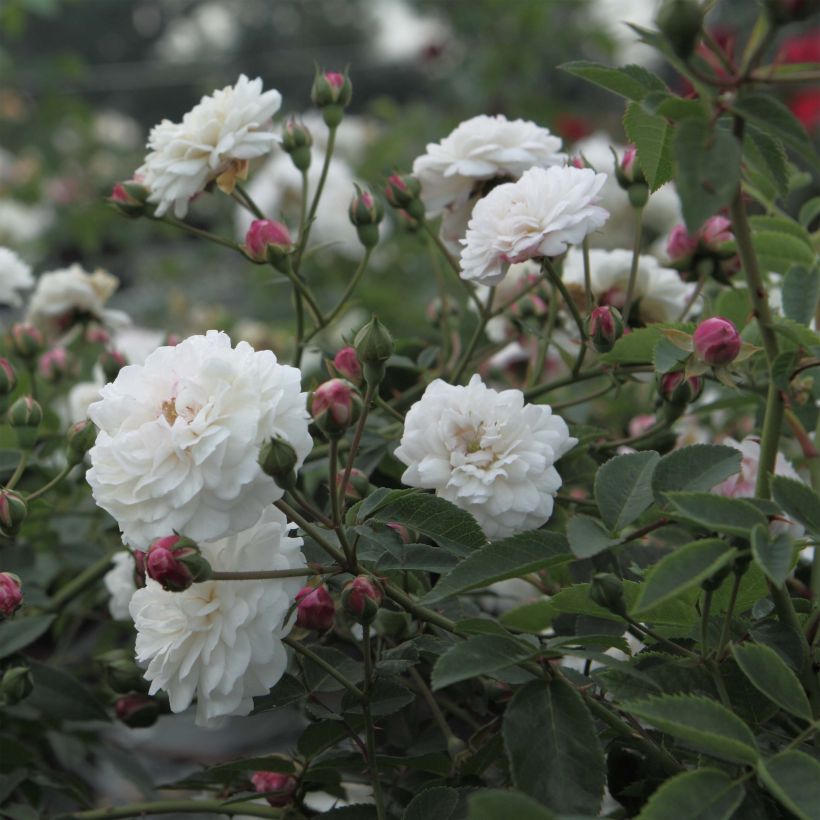

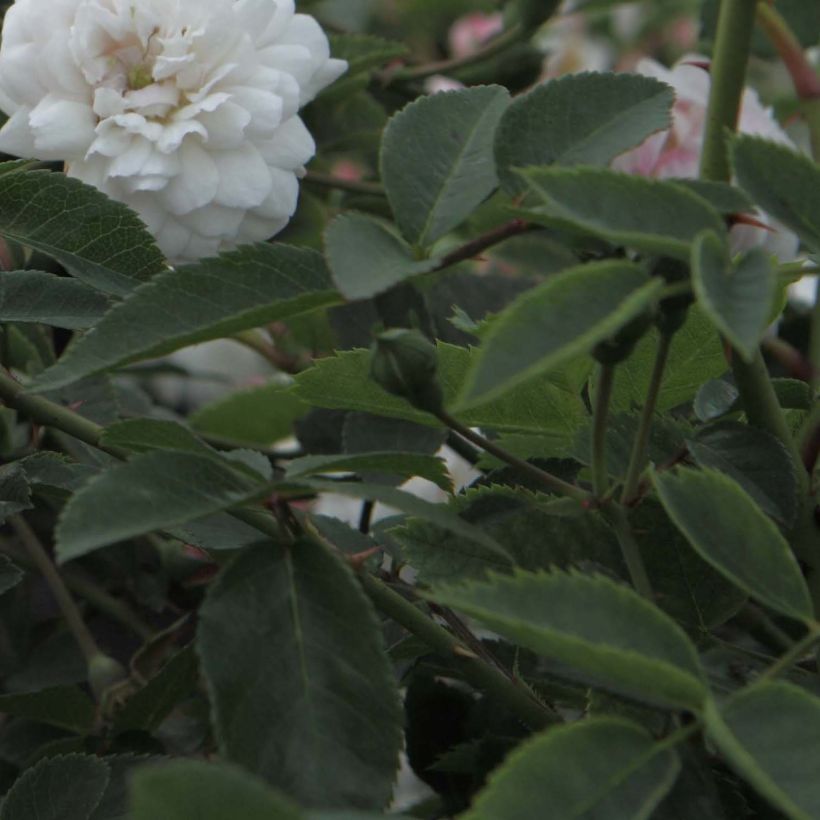

Plant habit
Flowering
Foliage
Botanical data
Rosa
x sempervirens
Little White Pet
Rosaceae
Rose
Cultivar or hybrid
Rosa canina Laxa (4L/5L pot, Wrapped bare root)
Other Traditional Roses
Planting and care
The Little White Pet rose adapts to any well-drained soil, even quite dry in summer (at the expense of flowering), as long as the plant is well cared for and does not lack water or fertiliser for the first two years. Plant it in well-worked and well-draining soil, enriched with compost, and in a sunny position or partially shaded to shaded elsewhere. If you want to grow roses, it is recommended to plant them in autumn and never when it is freezing outside.
Roses grafted onto Rosa "laxa" or grown on their own roots, can tolerate limestone well. The 2-year-old branches are the most floriferous, so reducing the stems that have flowered the previous year to 3 or 4 buds or pruned to 15 cm (5.9 in) is helpful. Old stems can be removed if necessary. This rose is moderately hardy and can withstand -12/-15°C (10.4 - 5 °F) for a short period as long as it is planted in healthy and well-drained soil. Remove dead wood in winter, as well as faded flowers, if you don't want hips. Additionally, in spring, you can carry out a light pruning after the risk of frost has passed.
Towards the end of summer, it is common to notice spots or other unsightly marks on roses. However, there is no need to worry as this is a natural occurrence and it doesn't harm the rose's development.
Planting period
Intended location
Care
-
, onOrder confirmed
Reply from on Promesse de fleurs
Roses by purpose
Haven't found what you were looking for?
Hardiness is the lowest winter temperature a plant can endure without suffering serious damage or even dying. However, hardiness is affected by location (a sheltered area, such as a patio), protection (winter cover) and soil type (hardiness is improved by well-drained soil).

Photo Sharing Terms & Conditions
In order to encourage gardeners to interact and share their experiences, Promesse de fleurs offers various media enabling content to be uploaded onto its Site - in particular via the ‘Photo sharing’ module.
The User agrees to refrain from:
- Posting any content that is illegal, prejudicial, insulting, racist, inciteful to hatred, revisionist, contrary to public decency, that infringes on privacy or on the privacy rights of third parties, in particular the publicity rights of persons and goods, intellectual property rights, or the right to privacy.
- Submitting content on behalf of a third party;
- Impersonate the identity of a third party and/or publish any personal information about a third party;
In general, the User undertakes to refrain from any unethical behaviour.
All Content (in particular text, comments, files, images, photos, videos, creative works, etc.), which may be subject to property or intellectual property rights, image or other private rights, shall remain the property of the User, subject to the limited rights granted by the terms of the licence granted by Promesse de fleurs as stated below. Users are at liberty to publish or not to publish such Content on the Site, notably via the ‘Photo Sharing’ facility, and accept that this Content shall be made public and freely accessible, notably on the Internet.
Users further acknowledge, undertake to have ,and guarantee that they hold all necessary rights and permissions to publish such material on the Site, in particular with regard to the legislation in force pertaining to any privacy, property, intellectual property, image, or contractual rights, or rights of any other nature. By publishing such Content on the Site, Users acknowledge accepting full liability as publishers of the Content within the meaning of the law, and grant Promesse de fleurs, free of charge, an inclusive, worldwide licence for the said Content for the entire duration of its publication, including all reproduction, representation, up/downloading, displaying, performing, transmission, and storage rights.
Users also grant permission for their name to be linked to the Content and accept that this link may not always be made available.
By engaging in posting material, Users consent to their Content becoming automatically accessible on the Internet, in particular on other sites and/or blogs and/or web pages of the Promesse de fleurs site, including in particular social pages and the Promesse de fleurs catalogue.
Users may secure the removal of entrusted content free of charge by issuing a simple request via our contact form.
The flowering period indicated on our website applies to countries and regions located in USDA zone 8 (France, the United Kingdom, Ireland, the Netherlands, etc.)
It will vary according to where you live:
- In zones 9 to 10 (Italy, Spain, Greece, etc.), flowering will occur about 2 to 4 weeks earlier.
- In zones 6 to 7 (Germany, Poland, Slovenia, and lower mountainous regions), flowering will be delayed by 2 to 3 weeks.
- In zone 5 (Central Europe, Scandinavia), blooming will be delayed by 3 to 5 weeks.
In temperate climates, pruning of spring-flowering shrubs (forsythia, spireas, etc.) should be done just after flowering.
Pruning of summer-flowering shrubs (Indian Lilac, Perovskia, etc.) can be done in winter or spring.
In cold regions as well as with frost-sensitive plants, avoid pruning too early when severe frosts may still occur.
The planting period indicated on our website applies to countries and regions located in USDA zone 8 (France, United Kingdom, Ireland, Netherlands).
It will vary according to where you live:
- In Mediterranean zones (Marseille, Madrid, Milan, etc.), autumn and winter are the best planting periods.
- In continental zones (Strasbourg, Munich, Vienna, etc.), delay planting by 2 to 3 weeks in spring and bring it forward by 2 to 4 weeks in autumn.
- In mountainous regions (the Alps, Pyrenees, Carpathians, etc.), it is best to plant in late spring (May-June) or late summer (August-September).
The harvesting period indicated on our website applies to countries and regions in USDA zone 8 (France, England, Ireland, the Netherlands).
In colder areas (Scandinavia, Poland, Austria...) fruit and vegetable harvests are likely to be delayed by 3-4 weeks.
In warmer areas (Italy, Spain, Greece, etc.), harvesting will probably take place earlier, depending on weather conditions.
The sowing periods indicated on our website apply to countries and regions within USDA Zone 8 (France, UK, Ireland, Netherlands).
In colder areas (Scandinavia, Poland, Austria...), delay any outdoor sowing by 3-4 weeks, or sow under glass.
In warmer climes (Italy, Spain, Greece, etc.), bring outdoor sowing forward by a few weeks.

































